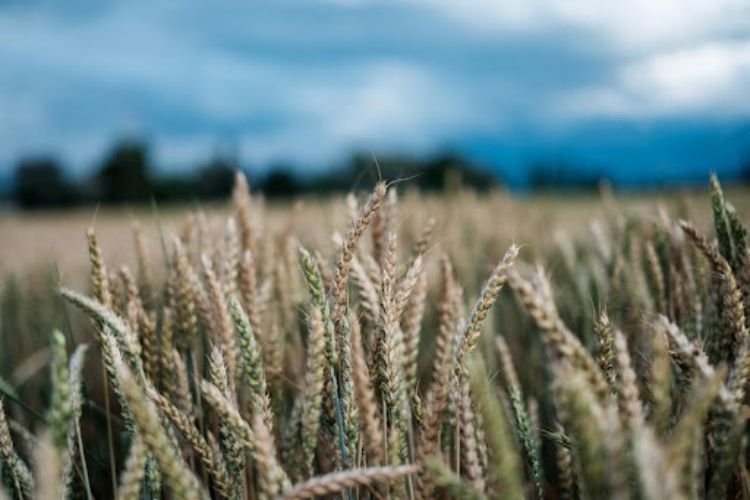 Agriculture and related industries will contribute 5.4% to the US economy. Increasing crop yield by a small percentage can increase farm revenue.
Agriculture and related industries will contribute 5.4% to the US economy. Increasing crop yield by a small percentage can increase farm revenue.
That said, some specific strategies you can use can make a difference in your farm. Check out these tips if you are looking for effective ways to increase crop yield!
Keep reading to learn how science can help boost your production.
Creating an Ideal Growing Environment
Creating an ideal growing environment is crucial in increasing crop yield. To ensure crops get the healthiest and most abundant harvest, farmers must purchase Regalia here.
It must have proper soil, a suitable climate, and proper infrastructure. Select the right crop for the land and the best soil type.
The climate should generally be warm and humid, with adequate access to direct sunlight and rainfall. Farmers should consider the design of their farms, such as crop rotation and the spread of the best crops over different beds.
Nutrient Intake
Maximizing nitrogen intake is one of the most important ways to increase crop yield. This involves applying organic or chemical nitrogen fertilizer to the soil to provide the crops with the necessary nutrients.
Crop rotation with legumes can supply additional nitrogen to the soil. Another important way to increase crop yield is to use mulch cover or crop cover to conserve moisture, reduce weeds, and regulate soil temperature.
Utilizing composted manure can provide additional essential nutrients. Such as phosphorous and potassium, to crop soils. Soil testing is also recommended to identify nutrient deficiencies and guide fertilizer applications accordingly.
Implementing Pest Management
Pest management helps reduce competition for growth resources. It fights off possible epidemics and prevents the spread of diseases.
Use integrated pest management strategies. This includes monitoring the crop’s environment and host plant resistance.
Providing habitat for beneficial species, and regulating the use of chemical pesticides and fertilizers will prevent the pest population. Regular scouting should also be implemented to catch early infestations.
Adopting Irrigation Methods
Irrigation is a method of providing water to crops efficiently and promptly. This allows for maximum crop growth and yields.
Some irrigation methods include drip irrigation, surface irrigation, and subsurface irrigation. Drip irrigation is a low-cost and low-labor method releasing water directly to the crop root zone.
Surface irrigation involves flooding the soil with a certain amount of water and allowing it to soak into the root level. Subsurface irrigation consists in introducing water to the ground through underground pipes.
Employing Technologies
Technologies allow farmers to measure soil nutrients and moisture precisely. Some technologies are GPS mapping, environmental sensors, and robotics.
These technologies can boost yields, reduce crop loss and improve sustainability. This will also help to cut down on the use of resources.
Farmers also benefit from technologies that help with the scheduling of planting and harvesting activities. This increases efficiency and productivity.
Tips for Increasing Crop Yield
Crop yield can be increased with the implementation of practical techniques. It is time to take crop production to the next level and maximize yields.
The key to boosting yields is to have the right farming tips to follow. To find out more, go to your nearest agricultural research center.
Be sure to browse our site for more information!




